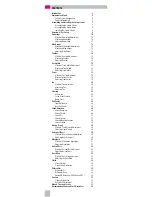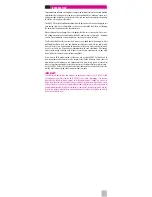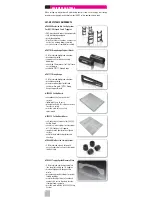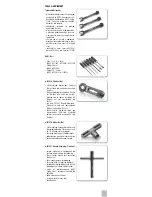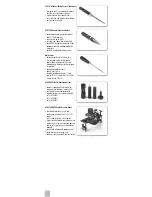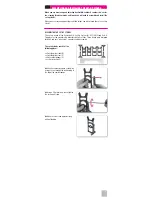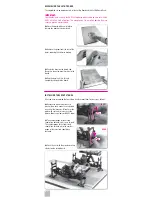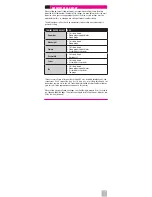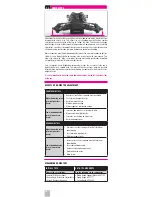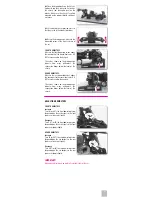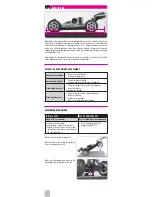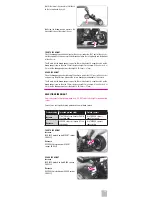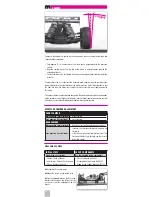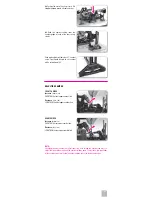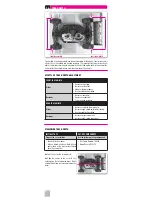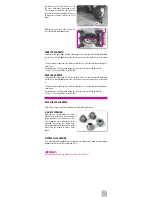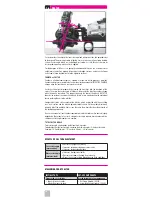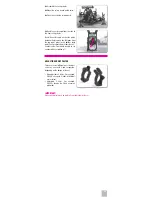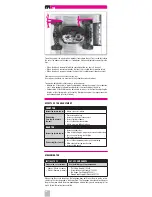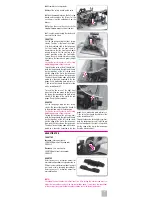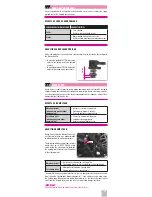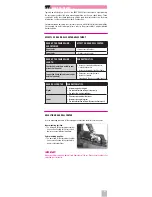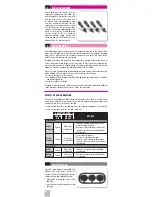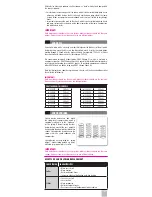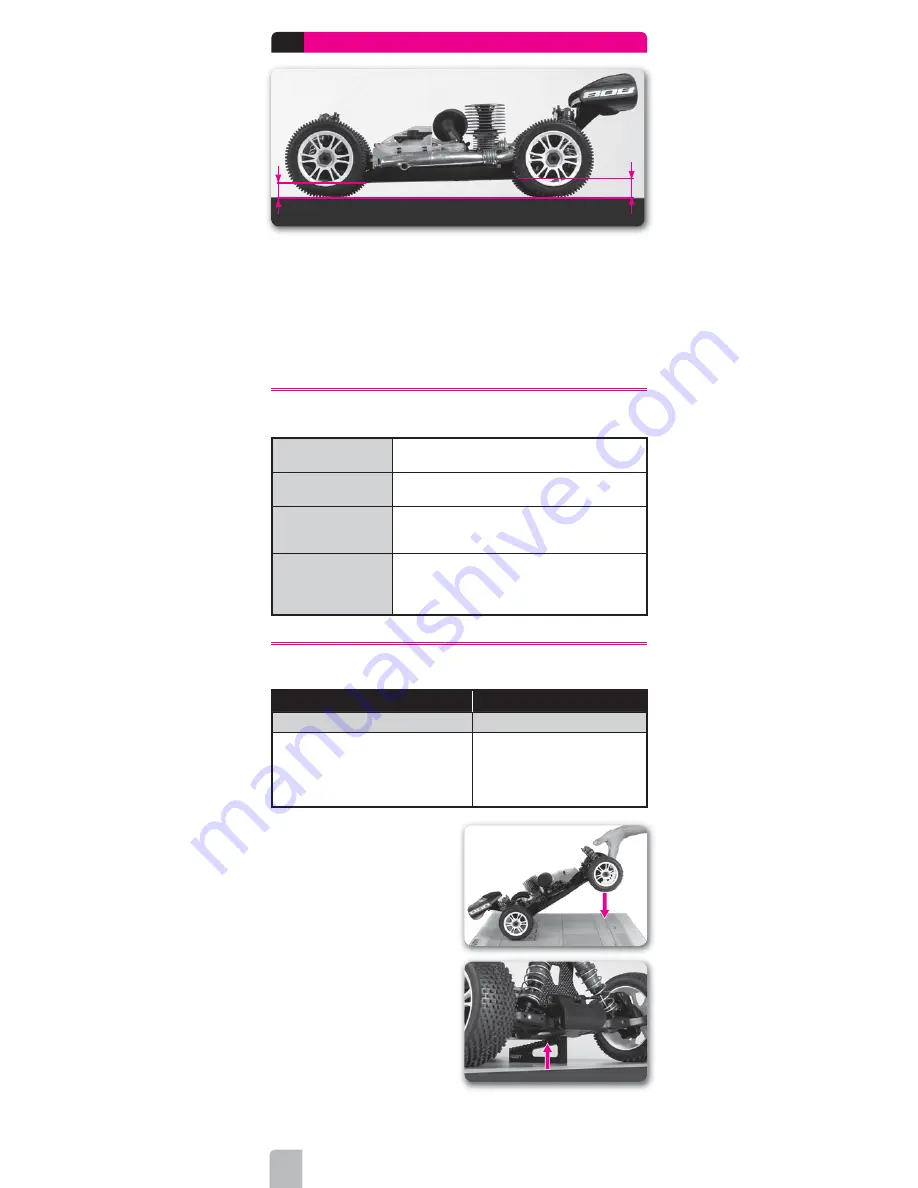
12
1.2 RIDE HEIGHT
front ride height
rear ride height
Ride height is the height of the chassis in relation to the surface it is sitting on, with the car
ready to run. Ride height affects the car’s traction since it alters the car’s center of gravity
and roll center. Differences in ride height alter the car’s attitude (angle of the chassis)
which in an off-road vehicle can effect how it jumps and lands. Because of changes in
suspension geometry and ground clearance, there are negative consequences to altering
ride height too much.
Ride height is measured with the wheels on the car, and the car ready-to-run. Use the
shock preload collars or clips to raise and lower the ride height.
EFFECTS OF RIDE HEIGHT ADJUSTMENT
Decreasing ride height
• Increases overall stability
• Better on smooth tracks
Increasing ride height
• Decreases overall stability
• Better on bumpy tracks (prevents bottoming)
Front higher than rear
• Increases weight transfer to the rear on-power
• Increases stability
• Decreases steering
Front lower than rear
• Increases weight transfer to front off-power
• Increases steering
• Decreases rear traction
• May cause car to nosedive off jumps
MEASURING RIDE HEIGHT
INITIAL STEPS
SET-UP COMPONENTS
Prepare the car as follows
Use the following set-up components
• Shocks: Attach all shocks
• Anti-roll bars: Attach all anti-roll bars
• Wheels: Attach all wheels. Both left and
right wheels at the front or rear should be
the same diameter
• Flat Set-up Board #108202
• Droop Gauge #107717
➊
Place the car on the set-up board.
➋
Lift the front of the car and let it fall back
to the set-up board by itself.
➌
Using the droop gauge, measure the
ride height value at the front of the car.


